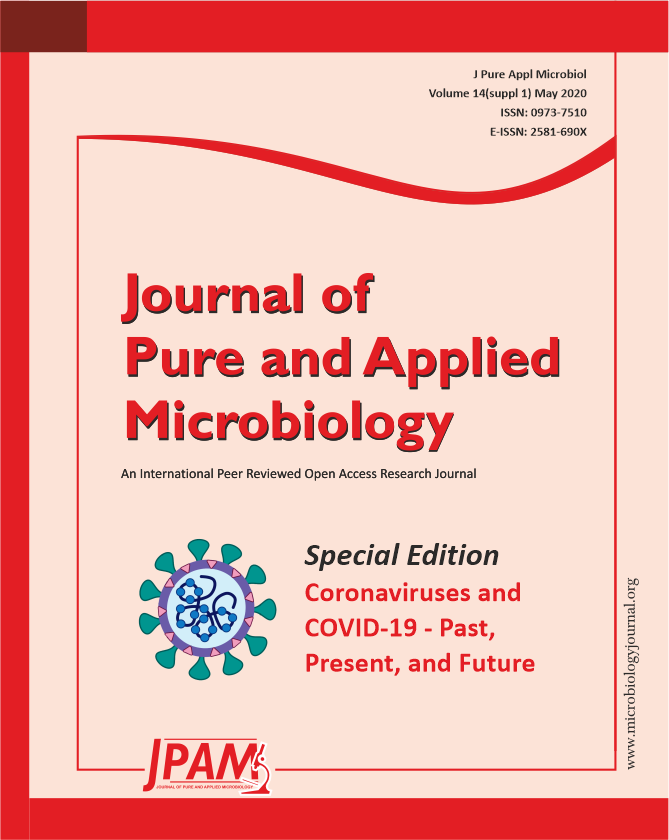Currently, the whole world is struggling with the biggest health problem COVID-19 name coined by the World Health Organization (WHO). This was raised from China in December 2019. This pandemic is going to change the world. Due to its communicable nature, it is contagious to both medically and economically. Though different contributing factors are not known yet. Herein, an effort has been made to find the correlation between temperature and different cases situation (suspected, confirmed, and death cases). For a said purpose, k-means clustering-based machine learning method has been employed on the data set from different regions of China, which has been obtained from the WHO. The novelty of this work is that we have included the temperature field in the original WHO data set and further explore the trends. The trends show the effect of temperature on each region in three different perspectives of COVID-19 – suspected, confirmed and death.
Coronavirus, COVID-19, Machine Learning, k-means Clustering
© The Author(s) 2020. Open Access. This article is distributed under the terms of the Creative Commons Attribution 4.0 International License which permits unrestricted use, sharing, distribution, and reproduction in any medium, provided you give appropriate credit to the original author(s) and the source, provide a link to the Creative Commons license, and indicate if changes were made.


